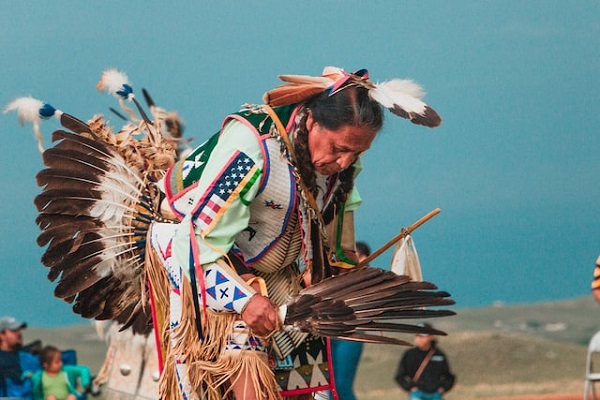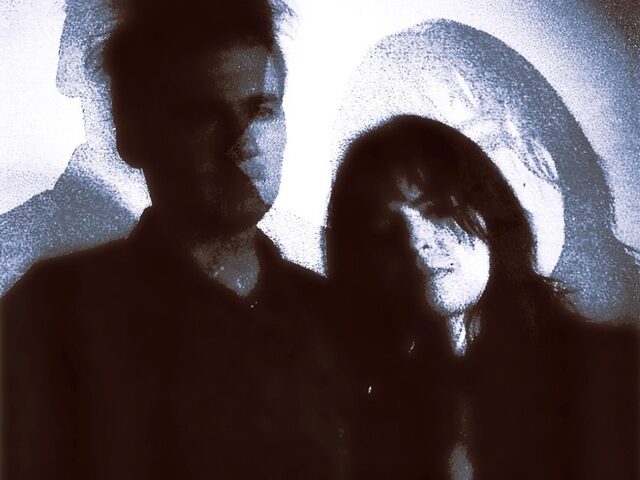
340 songs of the Chippewa were recorded and transcribed as part of a study of Chippewa music that was done by the Bureau of American Ethnology, Smithsonian Institution. They were documented between 1907 and 1910 on the main reservations in Minnesota and the Lac du Flambeau Reservation in Wisconsin.
Recording of Chippewa Songs
The fact that some of the leaders and warriors were still alive made it a good moment for the job. When the Chippewa recognized that the ancient songs were vanishing, they agreed to record them as they were assured that their voices would be preserved in Washington, in a structure that would not burn down. As a result of that vow, the American people now possess copies of their records, including the songs they used to heal the sick, as well as music from their camps, warpaths, dances, and sports.
There were sixteen vocalists (12 men, 4 women) who recorded these songs, a total of 30. With few exceptions, the vocalists were mostly around 70 years old, with a few being considerably older. Several of the men and three of the ladies knew no English.
The Sound of Chippewa Songs
Every type of Chippewa song has a certain instrument to go with it. A large drum is used in dances, with the singers sitting on the ground around it, each with their own drumstick. The doctor uses a rattle the shape of a disc or a gourd. A water drum and a gourd are used in the ceremonies of the Mide’wiwin. Many tribes employed the hand drum, which was used in game songs and by alone-singing men. Although Indians are accustomed to singing with some sort of accompaniment, the vocal is overpowered by the drum and rattle when songs are recorded.
It is hard to describe the by-tones and embellishments that are heard in some songs in musical notation since different versions of the same song frequently have subtle changes. Such liberties are permitted to a skilled singer of our own race and are not depicted in our notation. The Indians admire vocal prowess, but they also cherish beautiful older songs, even when they are performed by people with weak voices. Although Chippewa songs sometimes have few words, many of them are very lyrical, like the Song of The Thunders.
The songs recorded included many songs for different occasions and purposes. Dream songs included “One Wind”, “My Voice Is Heard”, “The Approach of The Storm”, etc.
War songs included “The Entire World”, “In The South”, “Song In Honor Of Cimau’ganic”. etc.
There were songs that were used to treat the sick, like “Sitting With The Turtle”, “Song Of The Manido”, and “Going Around The World”.
There were countless other songs that fell into the categories of Love Songs, Songs of the Mide’wiwin, and many miscellaneous songs.
Sault Ste. Marie Tribe Today
The Sault Tribe currently numbers 44,000 people. Although the tribe has its main office in Sault Ste. Marie, Michigan, its economic influence is felt hundreds of miles away. The tribe owns properties, operates companies, and maintains residences and other service facilities around Michigan’s Upper Peninsula. They also operate tribal casinos. The Sault Tribe recently published a four-paragraph statement on their appeal of an $89 million casino case for supposed failure in building casinos close to Detroit and Lansing.
The seven counties that make up the tribe’s service area are located in the easternmost part of Michigan’s Upper Peninsula, roughly from east of Marquette to Escanaba.





